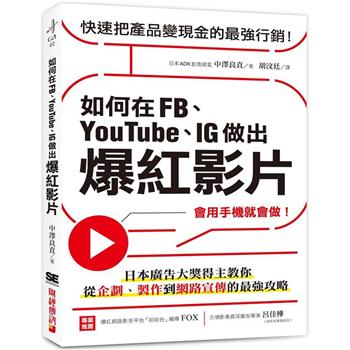Removal of Pollutants from Saline Water: Treatment Technologies provides a comprehensive understanding of technologies that are currently adopted in the treatment of pollutants present in saline water systems. It provides information on the treatment technologies for saline water systems, including seawater, brackish water, oil-produced water, and other industrial saline wastewaters.
FEATURES
- Presents information exclusively for saline water pollutant removal
- Introduces current treatment technologies and addresses why and how the techniques differ between fresh and salt water
- Offers an inclusive overview of physicochemical, biological, membrane, and advanced oxidation treatment technologies
- Features various perspectives and case studies from relevant global experts
- Provides a comprehensive one-stop source for the treatment of pollutants in all saline water systems
Aimed at students, academicians, researchers, and practicing engineers in the fields of chemical, civil, marine, and environmental engineering who wish to be acquainted with the most recent developments in the treatment of pollutants present in saline water systems.
Prof. Dr. Shaik Feroz works at Prince Mohammad Bin Fahd University, Kingdom of Saudi Arabia. He has 30 years of experience in teaching, research, and industry. He has more than 190 publications to his credit in journals and conferences of international repute. He was awarded "Best Researcher" by Caledonian College of Engineering for the year 2014.
Prof. Dr. Detlef W. Bahnemann is Head of the Research Unit, Photocatalysis and Nanotechnology at Leibniz University Hannover (Germany), Director of the Research Institute "Nanocomposite Materials for Photonic Applications" at Saint Petersburg State University (Russian Federation), and Distinguished Professor at Shaanxi University of Science and Technology in Xi’an (People’s Republic of China). His research topics include photocatalysis, photoelectrochemistry, solar chemistry, and photochemistry focused on synthesis and physical-chemical properties of semiconductor and metal nanoparticles. His 500-plus publications have been cited more than 65,000 times (h-index: 100).











